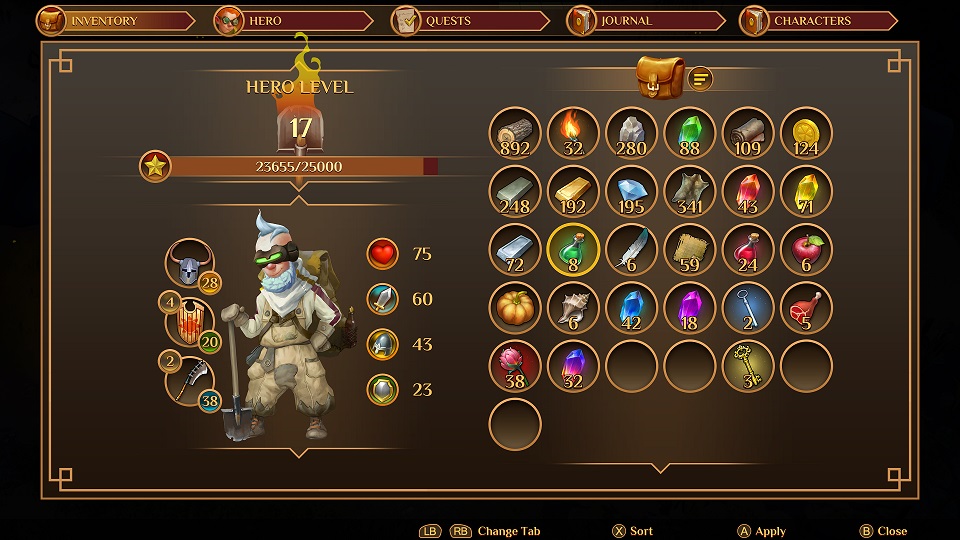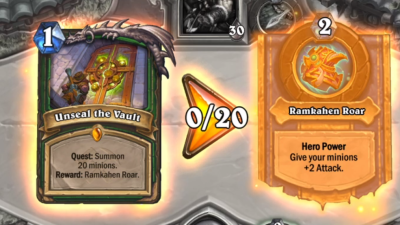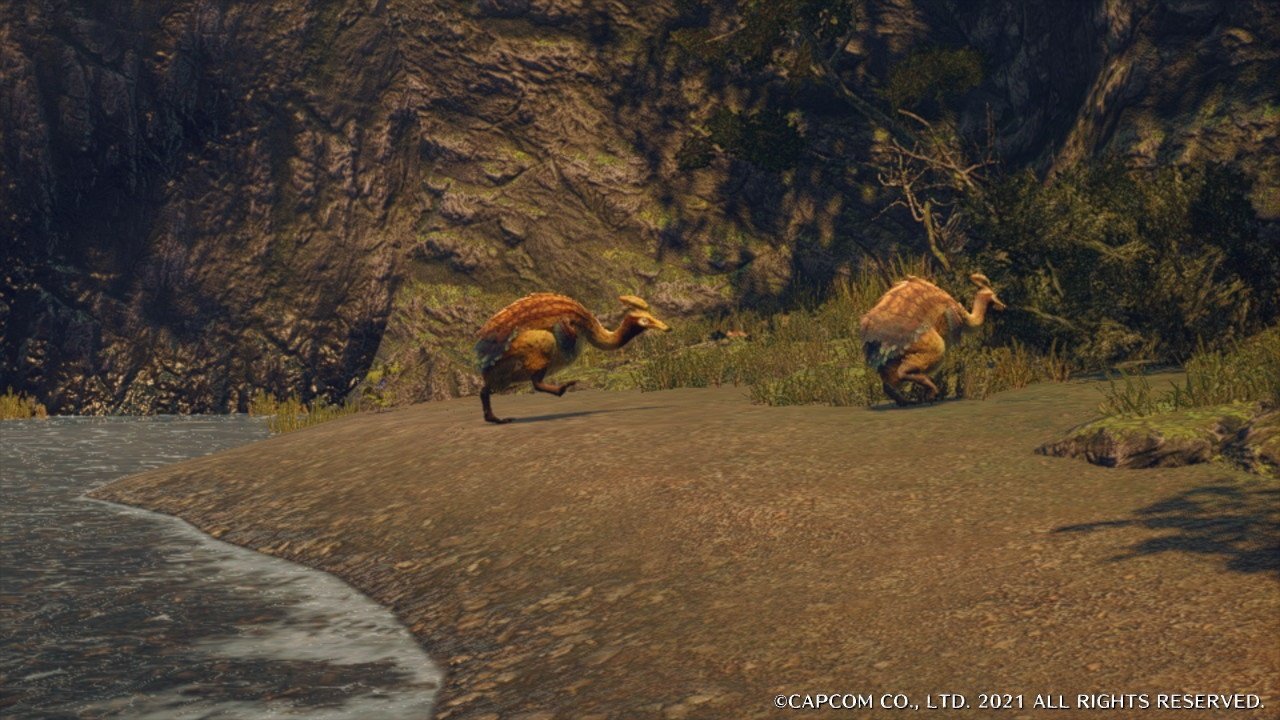

Regardless of how much meticulous care is given to the feathers, they eventually wear out and must be replaced. This discourages growth of detrimental fungi and bacteria and promotes the growth of those that discourage feather lice. In addition to providing structural treatment, oils of the preen gland also help to regulate the fungal and bacterial floras of the feathers.

Therefore, the oils and waxes must be manually applied to the feathers, by using the bill. This gland is located near the base of the tail. Finally, feathers become brittle over time without the aid of the oils and waxes of the uropygial ("preen") gland. With a list of up to 12 species potentially living on the plumage of a single bird, it is easy to imagine why birds require constant vigilance against these pests. Some of these parasites, such as chewing lice, actually feed on the feather (an obvious problem for the bird). Preening also serves to remove parasites from the feathers. Just pull a portion of the feather apart and then pull it through your fingers to rejoin the rami. If you have a feather lying around, try it.
#Quest hunter prices feather zip#
When this happens, the bird can simply pull that portion of the feather through its bill from the rachis outward and zip it back together. As you might guess (or have seen), the rami of feathers can become pulled apart, or "unzipped." Recall that the only thing holding them together are the barbules and barbicels. Flying, walking, and swimming tend to disturb the arrangement of feathers, which is critical to insulation and other functions. First, it serves simply to keep the feathers arranged in the correct position. This activity may accomplish several tasks. Birds care for their feathers by preening, which usually involves moving, adjusting, or combing feathers with the bill. Bristles serve to help funnel flying insects into the mouth, and are essentially stiff feathers composed of nothing but a rachis.Īll feather types need regular care and upkeep. If you look closely at a flycatcher (such as phoebes, peewees, and kingbirds), you'll see bristles at the base of its bill. Bristles are another variation on the basic feather theme. The long, soft appearance of these feathers made them ideal for decorations in ladies hats around the turn of the century, which proved near disastrous for these birds. Semifiloplume feathers (or simply "plumes" to most of us), as you might find on a breeding snowy egret, are a compromise between contour and down feathers. Hence, a down feather has a less rigid rachis (or none at all, as in waterfowl) and reduced barbules and barbicels that don't grip one another. If the function of a feather is insulation, then a softer, fluffier texture is best. However, variations on this structural theme give rise to several specialized feather types. The description above applies to the standard contour (outer body) or wing feather.

Through this fairly complex structure, feathers gain strength, flexibility, and light weight-all at the same time.

Each branch off the rachis is called a ramus, and each ramus is joined to its neighbor by a Velcro-like system of barbules and barbicels. Similar to a leaf, the center "stem" is called the rachis. A feather is a finely tuned collection of branches and sub-branches. However, the intrigue of feathers goes far beyond their varied uses. Although other features also distinguish birds from other critters, feathers are one of the only characteristics (certainly the most noticeable) completely unique to birds.īut feathers do more than facilitate flight they also serve to insulate, protect, and even communicate. Ask any kid what makes a bird a bird and they're likely to say "it's the feathers." Ask any adult why birds have feathers and they'll probably tell you "so they can fly." Both answers are correct-partially. No feature defines birds quite as well as feathers.


 0 kommentar(er)
0 kommentar(er)
